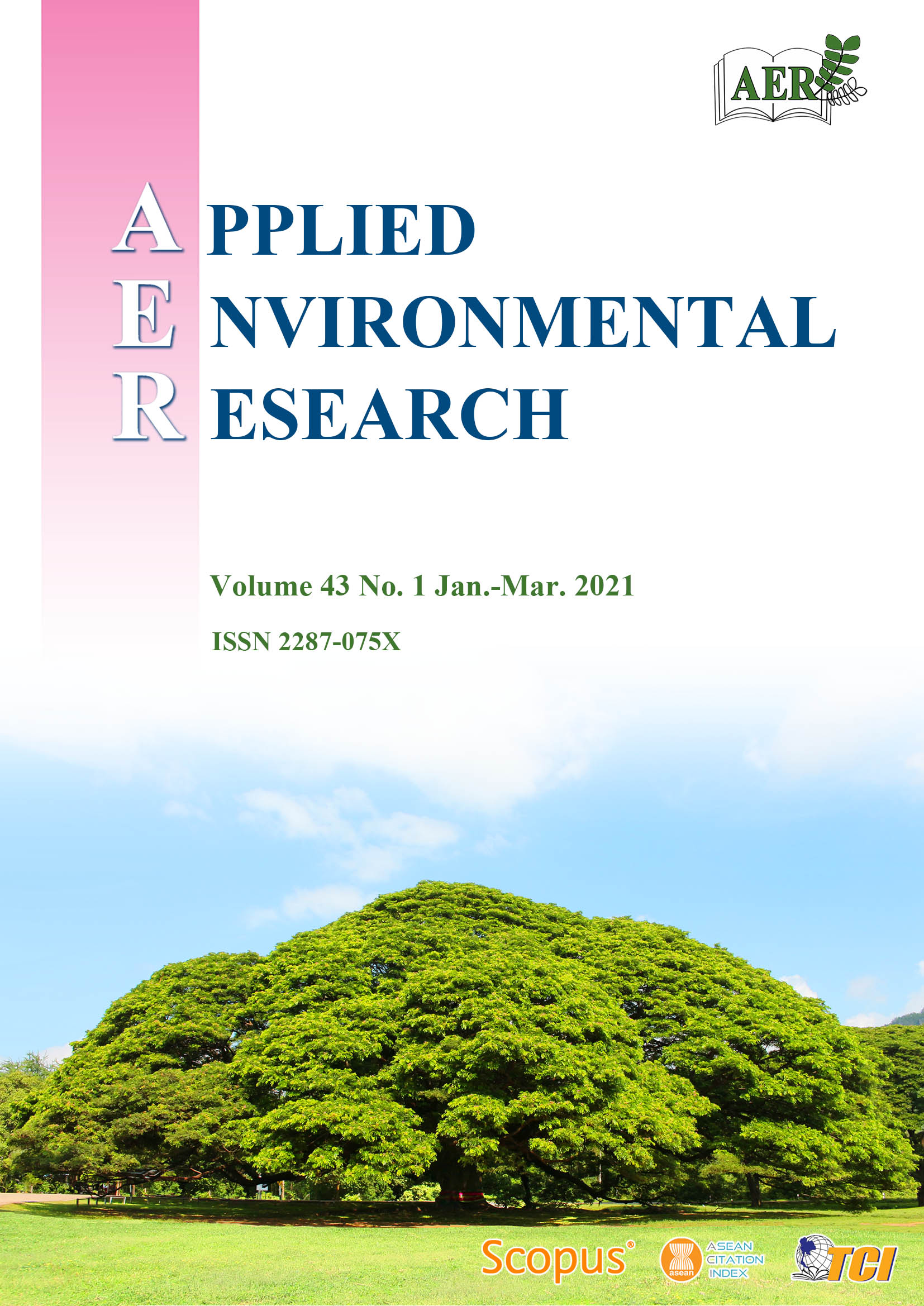Ecosystem Service Value of the Mixed Land Use Pattern in Asia: Thailand’s Experience
Main Article Content
Abstract
The rapid increase in economic development and urbanisation along the Eastern Economic Corridor (EEC) of Thailand has accelerated the change in its ecosystem service value (ESV), leading to the demand for related analysis to ensure sustainable growth in the area. The aim of this study is to: (1) evaluate the land use change in Chonburi Province; the most urbanised city in the EEC of Thailand between 2006 and 2016, and (2) assess the land use change impact on ESV. Secondary data from land use maps for 2006 and 2016 was used to evaluate land use change and its impact on ESV using the land use transition matrix, land use dynamic degree, and the benefit transfer method. Urban and built-up land use were found to dominate other use types. The top three highest annual rates of land use change were found in water bodies, rangeland, and urban and built-up land. The ESV in 2016 was found to be 1.31% higher than for 2006. The ecosystem service functions (ESFs) contributing to the increase in ESV were waste treatment, hydrological regulation, climate regulation and recreation and service culture. Future land use planning should focus on increasing wetlands and protecting agricultural land in the study area since these contribute to the highest ESV. In addition, it is essential to balance economic development with ecological enhancement.
Article Details

This work is licensed under a Creative Commons Attribution-NonCommercial 4.0 International License.
Published articles are under the copyright of the Applied Environmental Research effective when the article is accepted for publication thus granting Applied Environmental Research all rights for the work so that both parties may be protected from the consequences of unauthorized use. Partially or totally publication of an article elsewhere is possible only after the consent from the editors.

